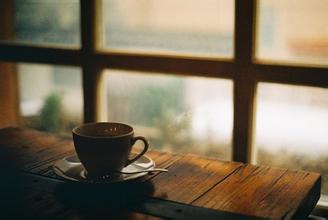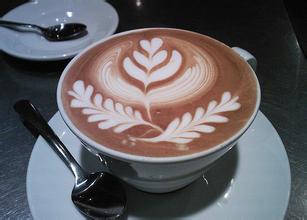Detailed tutorial introduction to the step diagram of gouache proportion of hand-brewed coffee
Detailed tutorial introduction to the step diagram of gouache proportion of hand-brewed coffee
It is worth noting that the habit of hand flushing in Taiwan is different from that in Japan, where one cup or one person share is about 120ml or 130ml, but Taiwan feels too stingy. The average store will soak 150ml ~ 180ml, and coffee players are more magnificent. One person will probably reach two cups of 240 ml ~ 260 ml.
In other words, the milliliters of hand brewing in Taiwan are random, and it doesn't matter if you drink coffee romantically, it's not a bad thing. The point is that before hand flushing, it is best to test your bottom cup with a measuring cup. The amount of milliliters of your bottom cup is 120 ml or 130 ml. If three cups are used, the difference between the two is up to 30 ml, which is enough to affect the concentration.
In addition, although the bottom pot is easy to use, but the base is too large, coupled with the glass material is easy to lose temperature, winter is still the same, in the weather below 15 ℃ after 23 minutes, and then pour the black coffee into the cup, the coffee temperature often falls below 68, not intimate enough. Prefer the hot mouth of the hand, it is recommended not to use the bottom pot, directly put the filter cup on the mouth of the smaller pottery cup or measuring cup, so that the loss of temperature of the hand will be lower, but it is important to understand the milliliter of the pottery cup, so as not to keep the temperature but lose the brewing ratio.
Many coffee lovers are good at making coffee for one person, but they will be at a loss if they increase the number of people. Some people say that one more person will multiply by two, and some will use 2 grams less powder for each additional person. That is to say, if one person brews a cup of 180 ml coffee with 14 grams of powder, once it is increased to two, only 26 grams of powder (saving 2 grams of powder) can be brewed twice as much, a total of 360 milliliters of coffee. The extractable water-soluble ingredients of coffee beans account for at most 30% of the bean weight, and coffee from some producing areas may be even lower. Taste buds can talk, and the proportion of 1RU 13.8 without 2 grams of coffee powder is obviously thinner than that of 1RU 12.8. After ExtractMoJo test, the concentration of 1Rd 12.8 is 1.42%, which is significantly higher than 1.39% of 1RU 13.8.
Therefore, under the same brewing ratio, the concentration of coffee will not increase naturally with the increase of the number of cups, that is to say, at 1:12, the concentration of one cup by hand is the same as that of two cups or three cups by hand in the same period. The amount of coffee powder will not increase because of the increase in the number of cups, and there is room to reduce the amount of coffee powder. The concentration of coffee powder can be determined by itself, unless you brew it with finer coffee powder or higher water temperature, which is another matter.
In addition, if there are dozens of milliliters of black coffee left in the bottom pot, it is not impossible for some budget-conscious shops to avoid waste, they may add less powder the next time they make it. In short, trustworthy stores should be honest and do not need to offend old customers with sensitive taste buds in order to save a few grams of coffee.

Important Notice :
前街咖啡 FrontStreet Coffee has moved to new addredd:
FrontStreet Coffee Address: 315,Donghua East Road,GuangZhou
Tel:020 38364473
- Prev

Introduction to the most Standard time of the extraction rate Formula of Italian Coffee
Espresso extraction rate formula time most standard time introduction if you are like us, no one has ever taught you how to make coffee correctly, or how to taste it. When you stop at the local coffee pavilion, everything about coffee is hidden behind the counter, too far away for you to understand. Not long ago, we were like that. But we went through repeated experiments and committed crimes.
- Next

Introduction on how to grind Italian espresso beans
Introduction to how to grind espresso beans. In fact, I like this kind of coffee the least. It's tasteless and full of bubbles. Espresso (Espresso) or espresso is a type of coffee with a strong taste by brewing coffee with extremely hot but non-boiling hot water under high pressure and grinding it into a very fine coffee powder. It was invented and developed in Italy.
Related
- Beginners will see the "Coffee pull flower" guide!
- What is the difference between ice blog purified milk and ordinary milk coffee?
- Why is the Philippines the largest producer of crops in Liberia?
- For coffee extraction, should the fine powder be retained?
- How does extracted espresso fill pressed powder? How much strength does it take to press the powder?
- How to make jasmine cold extract coffee? Is the jasmine + latte good?
- Will this little toy really make the coffee taste better? How does Lily Drip affect coffee extraction?
- Will the action of slapping the filter cup also affect coffee extraction?
- What's the difference between powder-to-water ratio and powder-to-liquid ratio?
- What is the Ethiopian local species? What does it have to do with Heirloom native species?

